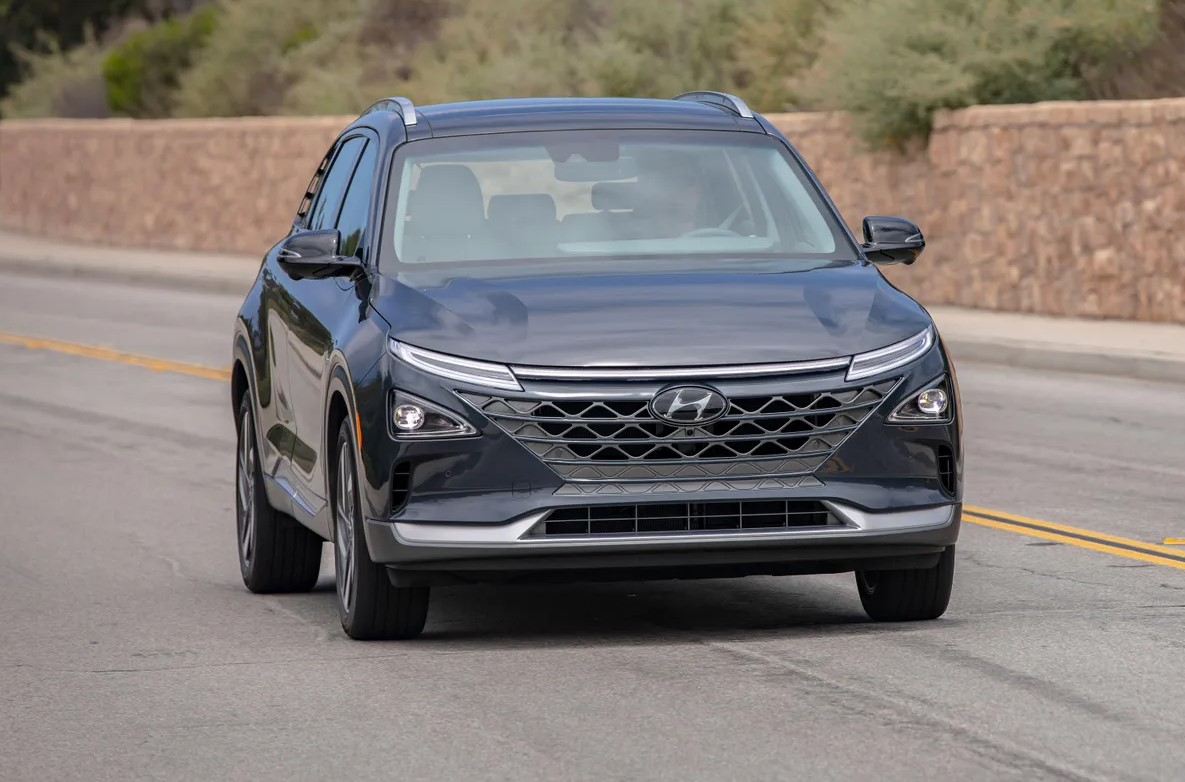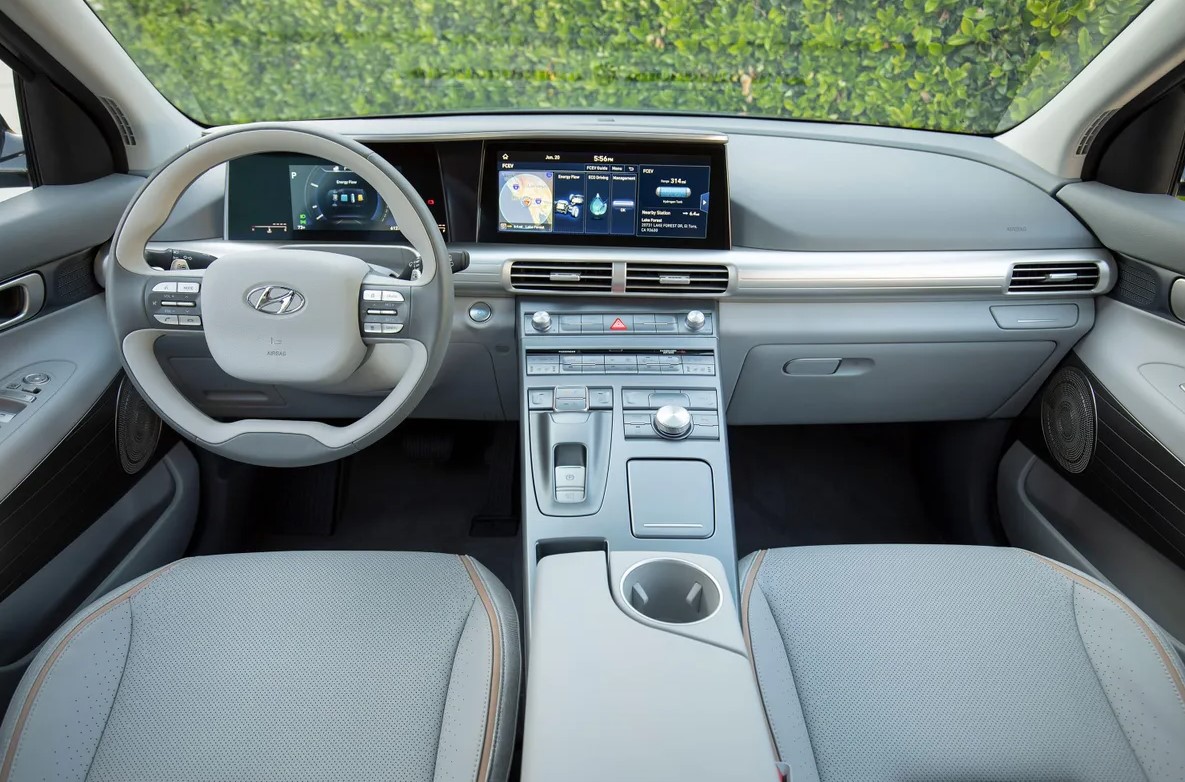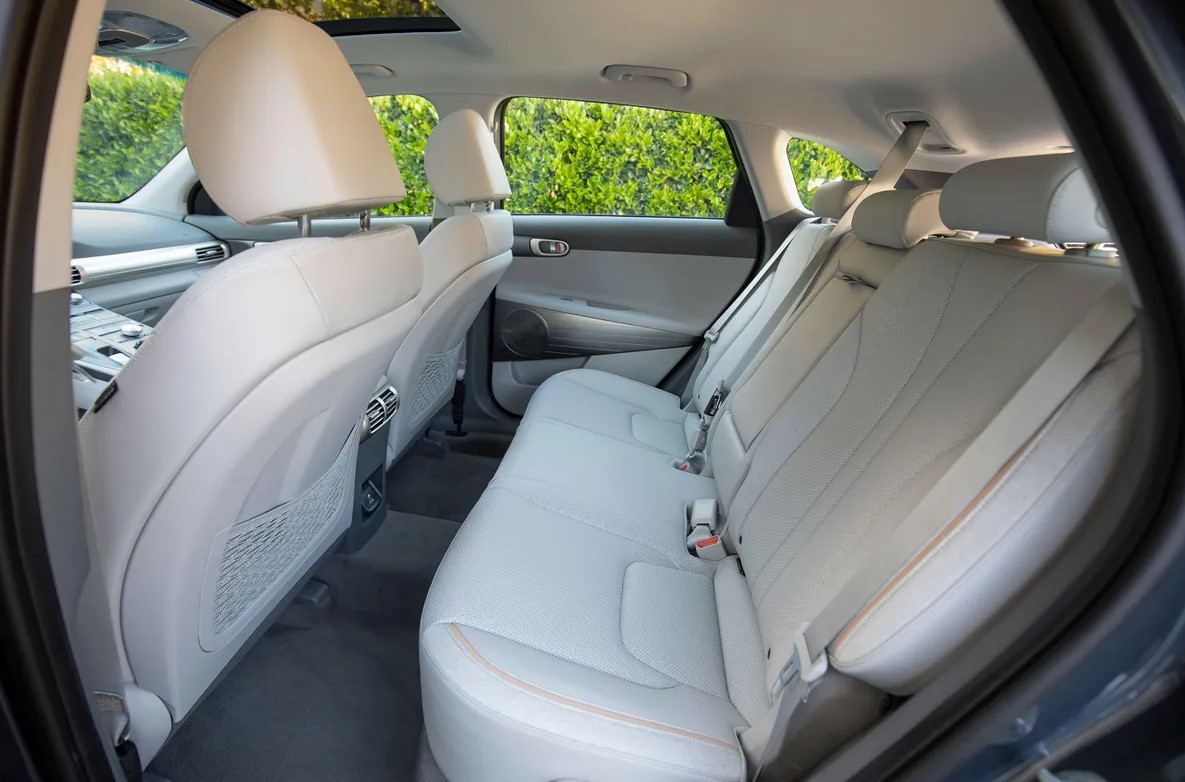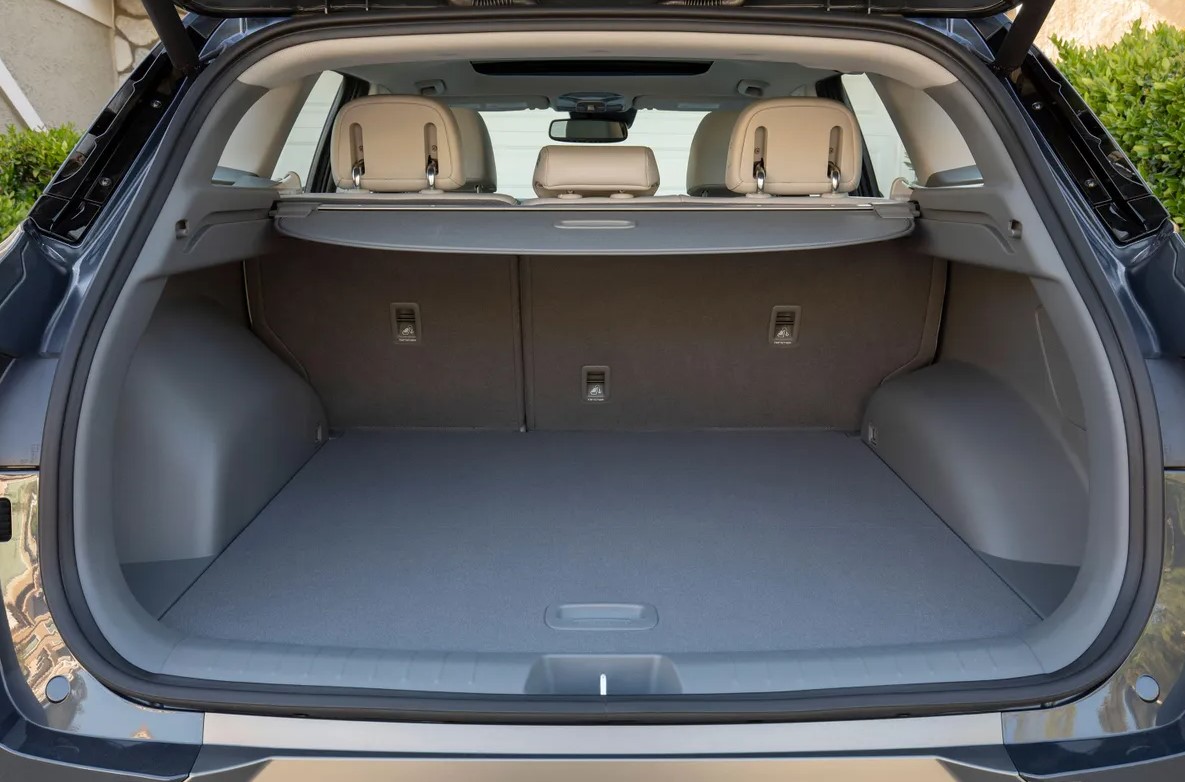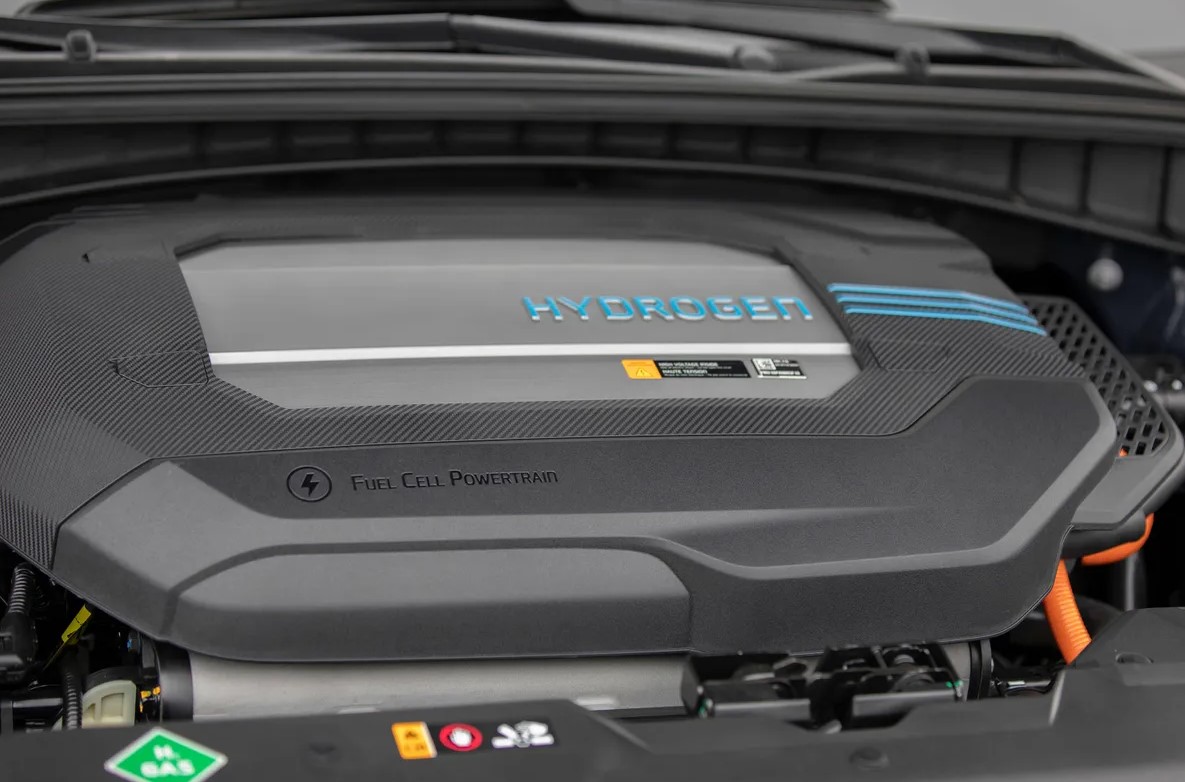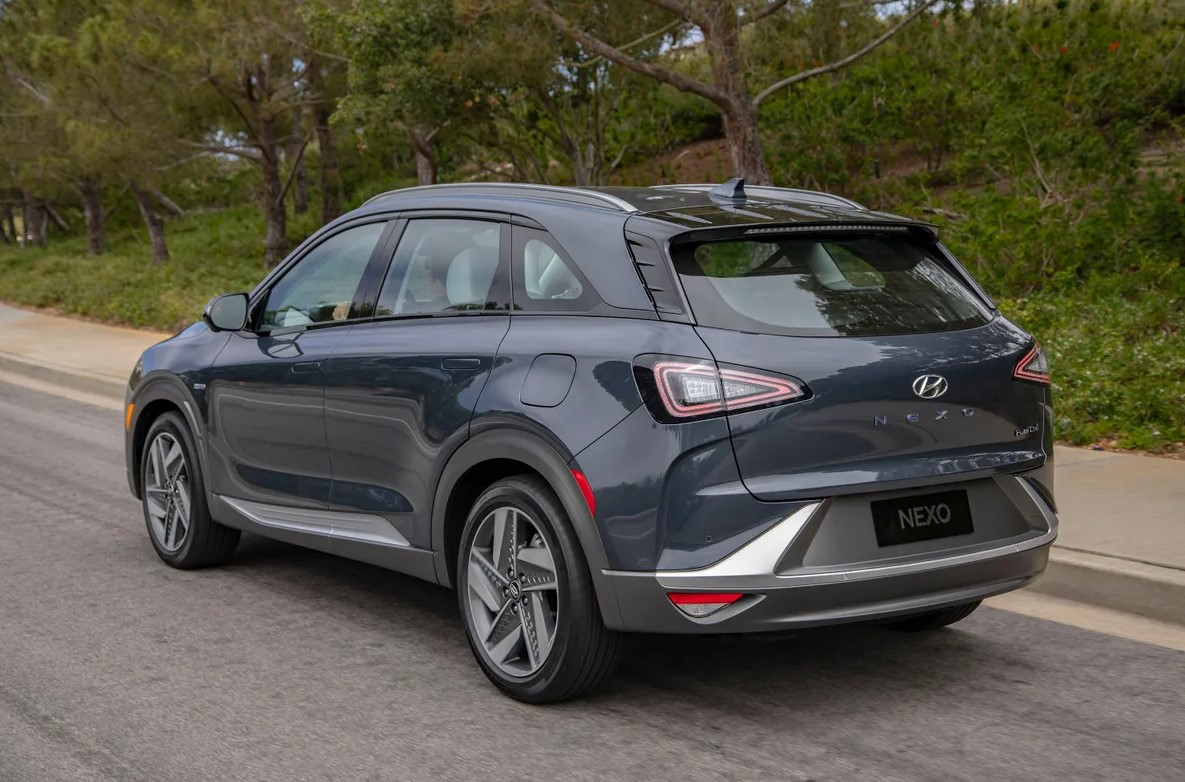2026 Hyundai Nexo Specs, Changes, Redesign – Hyundai demonstrates that if there is a location to fill up fuel-cell vehicles, they may be utilized often. Driving an alternative-fuel car that claims to have zero local emissions is awful, especially days after reading the UN’s dire climate change projections. Will automobiles powered by hydrogen fuel cells be the vehicles of the future?
The goal of the Hyundai Nexo 2026 is to prove that the answer is indeed yes. It runs on hydrogen and only produces water as waste, just like the existing Honda Clarity and Toyota Mirai. Hydrogen might someday take the place of fossil fuels as the primary green power source for automobiles if it is produced using renewable electricity sources. Additionally, driving the Nexo doesn’t seem like a science experiment, in contrast to some other fuel-cell vehicles. 2026 Hyundai Nexo Specs
2026 Hyundai Nexo Redesign and Update Plan
Exterior & Interior
You would think that all fuel-cell cars must look weird if you looked at our galleries of the Clarity and Mirai. With the Nexo, a futuristic interpretation of the brand’s crossover design language that doesn’t appear like it belongs in a science fiction movie, Hyundai defies that tendency.
“We selected an SUV body because of the practicality that US customers place on an SUV seating position,” said Mike O’Brien, Hyundai’s vice president for product planning. The Nexo was designed with the intention of producing “A very acceptable design, a design that people will look for and seek out.”
Thanks to eco-car-specific style cues like a full-width running light strip across its nose, door handles that retract deep into the bodywork, aerodynamically optimized wheel designs, and a drag-reducing “air tunnel” D-pillar, the Nexo essentially appears like any other crossover. As a result, the Hyundai has a reasonable drag coefficient of 0.32 and a contemporary appearance that appeals to typical car buyers.
The Nexo’s large central console, which is reminiscent of Porsche interior design, makes the inside appear much more like a cockpit than any Hyundai before. Numerous controls operate the infotainment system, driving modes, cooled seats, and drivetrain. The storage space beneath the console has a wireless phone charging pad and several USB connections. There are several colorful, fully digital instruments in front of the driver.
The Nexo has a sharp 12.3-inch widescreen touchscreen for infotainment. It functions well for media, navigation, energy-flow data, and—above all—the safety of the hydrogen tanks and fuelling system, whether you use the touchscreen or the rotary dial. (The hydrogen sensors in the cabin would warn you if the odorless gas leaked.)
An adult sitting erect can fit in the back seat. When the seats are lowered, the cargo space behind the second seat increases from 29.6 cubic feet to 56.5 cubic feet. These numbers are comparable to 31.0/61.9 cubic feet.
A new blind-spot camera system is one of the other ingenious features. The instrument cluster shows the traffic view on the sides of the car when you signal. In contrast to Honda’s comparable LaneWatch, the technology displays images from both the left and the right while working in tandem with a conventional blind-spot monitoring system. For example, it’s a useful tool to have when navigating the clogged rush-hour traffic in Los Angeles. 2026 Hyundai Nexo Specs
2026 Hyundai Nexo Specs
Engine & Performance
This is a brief explanation of how a fuel-cell vehicle operates: In a unique arrangement known as the fuel-cell stack, pumps push oxygen from the surrounding air and hydrogen from the fuel tank. Chemical reactions there transform the gases into water and electron power. The car’s electric motor is powered by that electricity. The Nexo also features a 1.56-kWh battery to store extra fuel cell energy and provide some regenerative braking recovery.
Engineers have nicknamed the three tanks that make up the hydrogen storage system Kevin, Bob, and Stewart because they look like the Minions from the Despicable Me movies. According to Hyundai experts, they were able to optimize the space for luggage in the rear by utilizing three smaller tanks instead of one or two large ones. Multilink rear suspension can also be installed using this method. The electric drive motor and fuel-cell stack are located in the engine compartment, while the battery is located beneath the trunk floor.
In the end, the Hyundai Nexo is an electric vehicle that runs as smoothly and silently as any other EV as it produces its own power within. The Nexo’s weight varies per model, ranging from 3,990 to 4,116 pounds. In most circumstances, the motor’s 161 horsepower and 291 pound-feet of torque are sufficient. Despite its lack of speed, the motor responds swiftly to throttle commands at any speed. Hyundai estimates that the acceleration time from 0 to 60 kilometers per hour will be 9.5 seconds.
Similar to the new Electric, the steering wheel paddles let you to choose the amount of regenerative braking. The Nexo’s front wheels may be powered by the battery’s recovered energy, depending on your driving style: According to Jerome Gregeois, Hyundai’s senior manager for eco powertrains, “depending on the situation, we use either the battery or the fuel cell stack to get the maximum power.”
Unfortunately, the Nexo isn’t as fun to drive as other recent Hyundai crossovers. The underdamped suspension creates a lot of floatiness, and the steering weight feels light and ungainly in my hands. The Nexo isn’t difficult to drive; rather, it seems that engineers worked harder on the cutting-edge engine than the ride-and-handling system. Considering that the car is meant to be an emissions-free commuter, that is definitely reasonable.
Because there are no internal combustion noises, the inside is at least incredibly silent. Furthermore, Hyundai asserts that their research demonstrates that the Nexo is quieter than a BMW 328i at 62 mph because to its insulated glass and other sound-deadening features. 2026 Hyundai Nexo Specs
2026 Hyundai Nexo Fuel Economy
Should you go for the standard Blue trim level, the Nexo’s 13.8-gallon tank system, which can hold 14.0 pounds of hydrogen, allows it to travel 380 miles. The weight and larger wheels of the well-equipped Limited version cause it to drop to 354 miles. The combined mileage of the Blue and Limited models is 61 and 57 miles per gallon equivalent (MPGe), respectively.
These range numbers exceed the distance that the majority of modern electric vehicles can go between charges. More significantly, compared to an EV’s lengthy recharging durations, filling up with hydrogen just takes around five minutes.
2026 Hyundai Nexo Safety Features
Along with the basic brake and pre-collision warning systems, it also offers adaptive cruise control and other safety features. If you change lanes when another car is in your blind zone, the Nexo will even stop and attempt to steer you out of danger. This type of steering is called lane-centering.
Additionally, the Nexo’s remote self-parking technology allows it to reverse into parallel or perpendicular locations. The Nexo performs the rest while the driver exits and presses a button on the remote key fob. The vehicle even made a few forward and backward movements to make sure it was precisely in the middle of the space during a parking lot demonstration.
Later, if you press a button on the fob, the car may move out of the area on its own, moving up to six feet at a time. The feature, which was first created in response to the comparatively small number of parking spots in Hyundai’s native Korea, appears to comply with all relevant US laws. When it is released, it will be available.
2026 Hyundai Nexo Release Date & Price
Although the Nexo’s price has not yet been revealed, Hyundai will allow consumers to buy and lease the vehicle when it comes at the end of this year.
For example, the Honda Clarity fuel-cell can only be leased for $369 per month, but the Toyota Mirai may be bought for $59,285 or leased for $349. Additionally, the Hyundai Nexo will initially only be available for purchase in the San Francisco Bay Area and greater Los Angeles, California, due to the placement of hydrogen stations (more on that in a moment).
Conclusion
The 2026 Hyundai Nexo is unquestionably a well-built, capable, and fashionable vehicle. Fuel-cell vehicles could be refueled in a fraction of the time it takes to fill an electric vehicle’s battery if hydrogen facilities were spread out across America. Unfortunately, there aren’t many hydrogen stations.
It is challenging to persuade the typical consumer to switch to a fuel that is still hard to get. Additionally, manufacturers are introducing stunning new long-range EVs, which, with the extensive nationwide network of charging stations, appear to be a more sensible choice for driving emissions-free. However, there is some value in the prestige of being able to drive a car of the future. Customers will undoubtedly value being at the forefront of testing out new automobile energy sources if they purchase or rent a Nexo.
Note: The details included in this blog post are derived from pre-release material that was accessible when the article was written. If you want the latest information, you should check official sources or call your nearest dealership.
Read Also:
- 2026 Hyundai Kona Electric Price, Specs, Review
- 2026 Hyundai Ioniq 9 EV Specs, Price, Review
- 2026 Hyundai Nexo Release Date, Specs, Dimensions
- 2026 Hyundai Kona Electric Release Date, Specs, MSRP
- 2026 Hyundai Ioniq 5 Dimensions, Specs, Features
